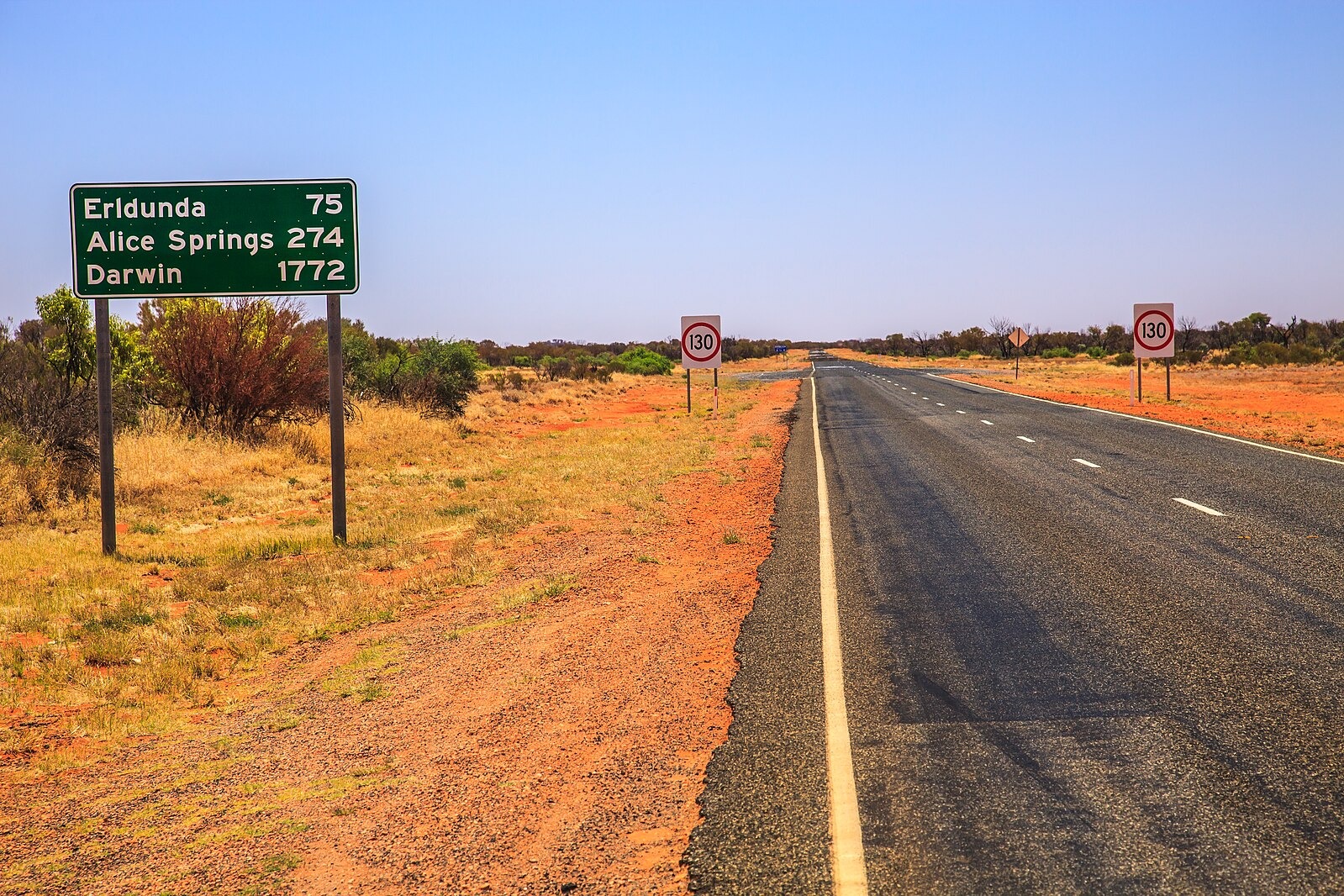
“Disconnect between Canberra and the bush”: Fears that Voice won’t reach regional Australia
As a doctor in remote Northern Territory hospitals, Ben works every day to improve the wellbeing of some of Australia’s most voiceless communities – but he worries the Voice won’t help all mobs have their say.
“One of my greatest concerns, is that… [the Voice] will not help advance the most voiceless people being heard… [those with] a pretty loud voice anyway will just be heard even clearer,” he said.
Ben has been looking after the wellbeing of towns as a rural and remote doctor in Tennant Creek, Alice Springs, Darwin, and Nhulunbuy for over 3 years.
A lot of his time is devoted to sitting out the front of the clinics or hospitals “chatting about changes in the town, [hearing] what are the issues… the worries”.
“[Wellbeing is] not just the cuts and bruises, you know, it’s how they’re mentally and spiritually holding it together,” he said.
“We’re just there to serve people’s needs… you have to really listen to understand that rather than just be shoving things down their throat… telling them to get better”.
There are over 250 language groups of Aboriginal and Torres Strait Islander people spanning the country, totalling just under one million people according to the 2021 ABS census data.
One key argument in the No pamphlet says the Voice is too bureaucratic and “a centralised Voice risks overlooking the needs of regional and remote communities”.
This echoes questions from Ben’s communities who are unsure how an advisory body will reflect a great diversity of First Nations people and their needs.
“How is it going to represent all of the different Aboriginal mobs? It’s a huge range of people that are going to be represented by… quite small number of people,” the 29-year-old said.
Some mobs already have more media attention than others, something Ben said comes from the media wanting to please those with more money.
“Now it just sort of boils back down to western things… if you come from the biggest clan with the most money and hold the most resource rich land, you’ll get the most media attention,” he said.
If the vote passes but its initial functions, powers and procedures don’t meet expectations, Ben is worried “there could be a lot of blame”.
“If it goes badly, I worry a lot that it could cause a huge divide between the no camp and the yes in the aboriginal mob, and there could be a lot of blame,” he said.
“A lot of Australians are really struggling to get by… if any [hardships] could ever be linked back to the voice worsening their quality of life… I’d be really nervous that this would drive hatred”.
The referendum is a vote to establish a Voice in the constitution, leaving the design of the Voice flexible for parliaments to adjust for future needs.
Some key proposed design principles are partly inspired by the Indigenous Voice Co-design Process Final Report, a consultative report commissioned by the previous coalition government.
The report suggests remote representatives in addition to two members for each state, territory and Torres Strait Islanders living on the mainland.
But the details of the Voice are confusing many, including Ben who said this “uncertainty” shows a “disconnect between Canberra and the bush”.
“There’s not a whole lot of easily digestible information about what… it’s actually going to change on the ground for people,” the doctor said.
Ben was shocked to learn that ACT and NT votes have less weight than the state votes, as the territories are only counted towards the national majority in a referendum.
For a referendum to pass there must be a double majority, which means a majority of Australians must vote yes, and four of the six states must vote yes.
The territories do not count in the state majority.
“Makes me feel a bit nauseated and sick…how [do] the uber rich… [have an] understanding of Aboriginal people living in East Arnhem Land?,” Ben said.
Around 8.7 per cent of Australia’s total Aboriginal and Torres Strait Islander population live in NT and ACT according to 2021 ABS census data.
Last month, Ben moved to work on remote islands in Papua New Guinea and, as voting isn’t compulsory for overseas Australians, he said he may not vote.
If unable to post an official vote due to geographical constraints, Ben is going to take a time-stamped photo with his Yes or No, to make sure he has put himself on a side of history.
“If it’s gone to shit, I don’t want to be able to remove myself and be like, ‘well, I didn’t get to vote, so it’s not my problem’…I want some accountability,” Ben said.
Image from Murray Foubister
Post a comment